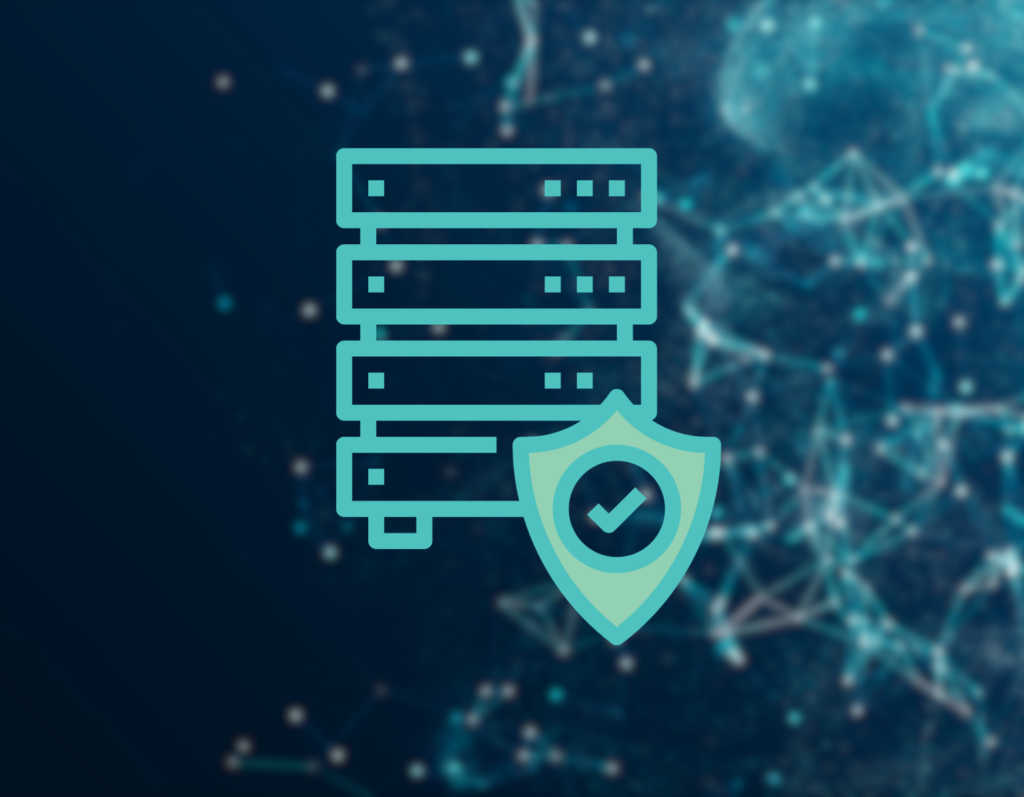Data Quality
Data Quality Definition
At UNCG, we define data quality as the accuracy, completeness, consistency, and timeliness of data throughout its lifecycle.
This means ensuring that data is entered correctly at the source, regularly reviewed for errors, and updated in a timely manner. We strive to maintain a high standard for our data quality to ensure our decisions and actions are based on reliable and trustworthy information. By prioritizing data quality, we can better serve our students, faculty, staff and community with informed decision-making and effective resource allocation.
Data Quality is continuously assessed on the following criteria:
Accuracy: Does the data reflect reality and the data set?
- Data should provide a clear representation of the activity/interaction
- Data should be in sufficient detail
- Data should be captured as close to the point of the activity as possible
Accessibility: Can the appropriate data consumers readily obtain necessary data?
- Data consumer should be able to trust the data and make informed decisions
- Data consumers should be able to access data that is needed to do their jobs
- Data consumers should be able to access and use data efficiently
Completeness: Are all data sets and data items recorded?
- Data should be complete
- Data should not contain redundant records
Compliance: Do the collection, storage, processing, and access of data meet UNCG’s compliance standards?
- Data collection, storage, and processing must comply with all related regulatory requirements including, but not limited to, data protection and data security
Consistency: Can the data set be matched across the data stores?
- Data sets should be able to be replicated
- Data should be identical across systems, applications, and data stores, where applicable. Valid differences should be explainable and it should be understood for what purpose the data is fit.
Timeliness: Is the data collected or recorded in a timely manner?
- Data should be collected and recorded as quickly as possible after the event or activity
- Data should remain available for the intended use within a reasonable or agreed time period
Uniqueness: Is there a single view of the data set?
- Data should be recorded only once based on how the data is defined
Validity: Does the data match the rules?
- Data should conform to the syntax (format, type, range) of its definition
- Data should be able to be used to measure, record, and analyze a process, goal, or program
Critical Data Elements
Data Element: A data element is a discrete unit of data that has a specific meaning and can be described and processed by a computer system, for example, Banner. It represents a single fact or attribute about an entity, such as person, place or thing. Examples include, name, age, address, or SSN. Data elements are often used to build data structures and databases and are essential for the collection, organization, and analysis of data.
Critical Data Element: A data element is considered critical when it is essential to the operation, decision-making, or compliance of an organization. Critical data elements are those that have a high impact on the organization if they are incorrect, missing, or inaccessible.
Criteria for Critical Data Elements:
- Noted as being critical or protected by organizational policy.
- Associated with regulatory fines/penalties and/or compliance violation risks.
- Associated with significant financial impact risk, such as increased liabilities, costs, or penalties, as well as reduction in assets, revenue opportunities, or profits.
- Associated with interruption or significant reduction of critical business process risk, for an extended period.
